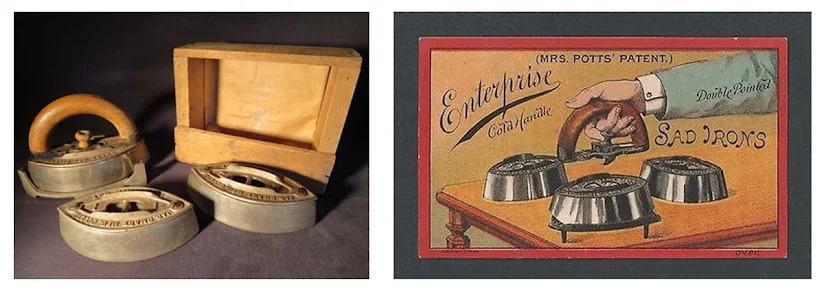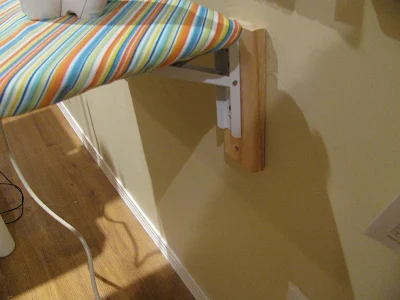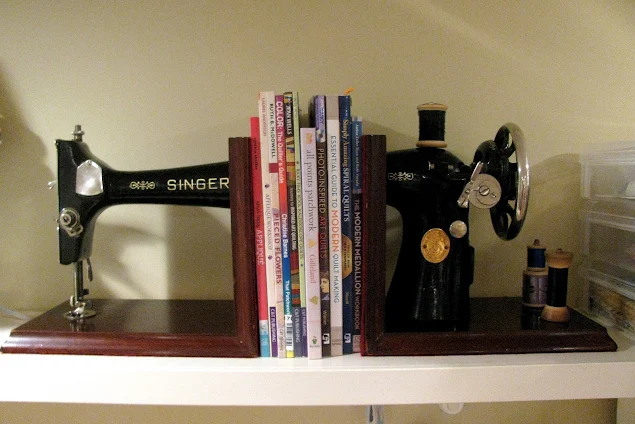One of the most disappointing things that can happen to a quilter is fabric bleed. We spend long hours cutting and piecing our precious creation. So, when it comes out of the wash with colours bleeding, it can be devastating.
I've been working on a red and white Christmas quilt lately and wanted to prevent this disaster before it happened. These are some of the tip and tricks I gathered for preventing and fixing quilt bleed.
PREVENTION
- Prewash your all your coloured fabrics before cutting them up. I never did this until I started reading about other people's guilt bleed nightmares.
- When your quilt is finished, wash it alone in cold water. Add 1 cup of salt to the wash with a mild laundry soap. I use Woolite®
- Commercial "colour catchers" sheets are another option. These are laundry sheets you put in your wash load to prevent colour runs. There are several on the market you can try.
FIXING
- If there are only a few spots of bleed on white fabric, spray the area with a mild water and bleach solution (3 part water to 1 part bleach in a spray bottle). Then, rub with a small amount of Dawn® dish soap and water. In place of the water/bleach spray, my secret to getting stains and bleed out of small areas on whites is Clorox Clean-Up® spray. It's normally used to clean hard surfaces but works on white fabrics as well.
- In the event of a real disaster (God forbid), Dawn® dish soap to the rescue!
Go to Susie Quilts for full instructions for fixing a badly bled quilt.




















.jpg)

































